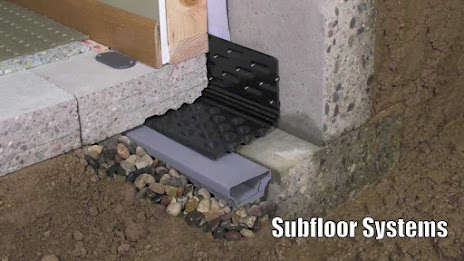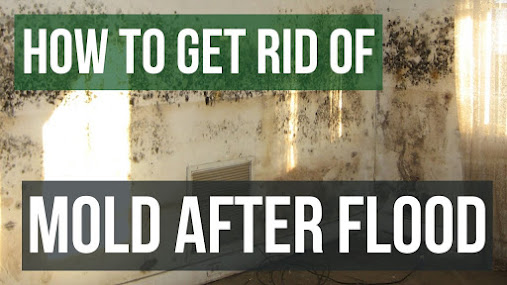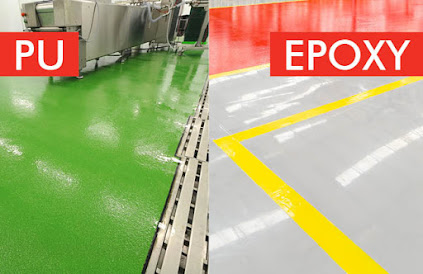Chemical Admixtures used in Concrete, Explained
Chemical admixtures are the ingredients in concrete other than portland cement, water, and aggregate that are added to the mix immediately before or during mixing. Producers use admixtures primarily to reduce the cost of concrete construction; modify the properties of hardened concrete; ensure the quality of concrete during mixing, transporting, placing, and curing; and overcome certain emergencies during concrete operations.
Top construction chemical company in India successful use of admixtures depends on appropriate methods of batching and concreting. Most admixtures are supplied in ready-to-use liquid form and are added to the concrete at the plant or the job site. Certain admixtures, such as pigments, expansive agents, and pumping aids, are used only in extremely small amounts and are usually batched by hand from premeasured containers.
The effectiveness of concrete admixture manufacturers depends on several factors, including type and amount of cement, water content, mixing time, slump, and temperatures of the concrete and air. Sometimes, effects similar to those achieved by adding admixtures can be achieved by altering the concrete mixture-reducing the water-cement ratio, adding additional cement, using a different type of cement, or changing the aggregate and aggregate gradation.
Five Functions
Admixtures are classed according to function. There are five different chemical admixtures: air-entraining, water-reducing, retarding, accelerating, and plasticizers (superplasticizers). All other varieties of admixtures fall into the speciality category, whose functions include corrosion inhibition, shrinkage reduction, alkali-silica reactivity reduction, workability enhancement, bonding, damp proofing, and colouring. Air-entraining admixtures, which are used to place microscopic air bubbles into the concrete purposely, are discussed more fully in Air-Entrained Concrete.
Water-reducing admixtures usually reduce the required water content for a concrete mixture by about 5 to 10 per cent. Consequently, concrete containing a water-reducing admixture needs less water to reach a required slump than untreated concrete. The treated concrete can have a lower water-cement ratio. This usually indicates that higher strength concrete can be produced without increasing the amount of cement. Recent advancements in admixture technology have led to the development of mid-range water reducers. These construction chemical suppliers reduce water content by at least 8 per cent and tend to be more stable over a wider range of temperatures. Mid-range water reducers provide more consistent setting times than standard water reducers.
Retarding admixtures, which slow the setting rate of concrete, are used to counteract the accelerating effect of hot weather on the concrete setting. High temperatures often cause an increased rate of hardening, which makes placing and finishing difficult. Retarders keep concretely workable during placement and delay the initial set of concrete. Most retarders also function as water reducers and may entrain some air in concrete.
Accelerating admixtures boost the rate of before strength development; reduce the time required for proper curing and protection, and speed up the start of finishing operations. Accelerating construction material manufacturers are especially useful for modifying the properties of concrete in cold weather.





Comments
Post a Comment